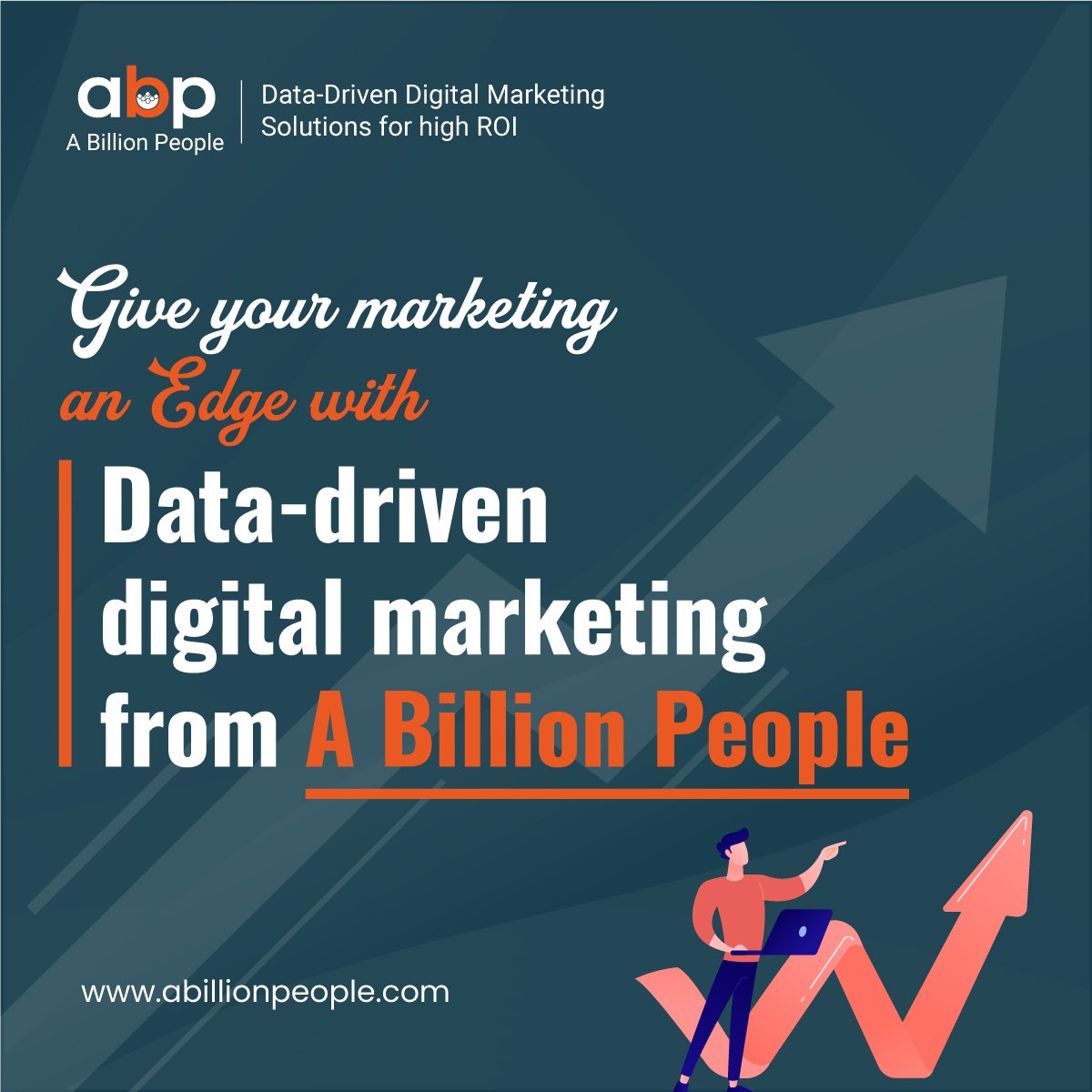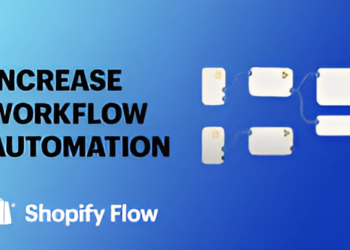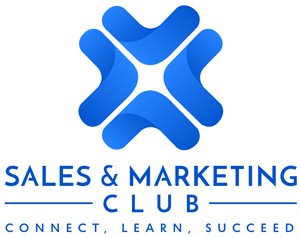“Email marketing is not just about sending emails; it’s about sending the right message to the right people at the right time.”
In the ever-evolving landscape of digital marketing, email remains a formidable tool for businesses to engage with their audience. However, the effectiveness of email marketing is not solely dependent on the frequency of emails sent but rather on the precision and relevance of the messages delivered. Two key strategies that have revolutionized the email marketing game are Automation and Segmentation. Let’s delve into these strategies and explore how they can elevate your email marketing efforts.
The Symphony of Automation
Automation has become the backbone of successful email marketing campaigns, allowing businesses to streamline their communication processes and create a more personalized experience for their audience. According to a study by Campaign Monitor, businesses that use marketing automation witness a 14.5% increase in sales productivity.
1. Welcome Series: Crafting First Impressions
The first interaction with a subscriber is crucial, and a well-designed welcome series can set the tone for a lasting relationship. Automated welcome emails receive an average open rate of 58%, significantly higher than standard promotional emails. By automating this process, businesses can make a positive impression right from the start, introducing new subscribers to their brand and guiding them through the customer journey.
2. Drip Campaigns: Nurturing Leads
Drip campaigns are a series of pre-scheduled emails that are triggered based on user actions or time intervals. These campaigns enable businesses to nurture leads systematically. According to a report by EmailMonday, drip marketing campaigns result in 80% higher open rates and a 300% increase in click-through rates compared to single-send emails. Automation ensures that the right content is delivered at the right time, keeping leads engaged throughout the sales funnel.
3. Abandoned Cart Emails: Recovering Lost Opportunities
Cart abandonment is a common challenge for e-commerce businesses. Automated abandoned cart emails act as a digital nudge, reminding customers of their incomplete purchases. Studies show that these emails can recover up to 15% of potentially lost sales. By automating this process, businesses can capitalize on missed opportunities and re-engage potential customers efficiently.
The Art of Segmentation
Segmentation involves dividing your email list into distinct groups based on specific criteria. This targeted approach allows businesses to send highly relevant content to different segments, increasing engagement and conversion rates. According to a study by Mailchimp, segmented email campaigns result in a 14.31% higher open rate compared to non-segmented campaigns.
1. Demographic Segmentation: Knowing Your Audience
Understanding your audience is fundamental to effective communication. Demographic segmentation involves categorizing subscribers based on age, gender, location, and other demographic factors. By tailoring content to the preferences of specific demographic groups, businesses can enhance the relevance of their emails and create a more personalized experience for their subscribers.
2. Behavioural Segmentation: Predicting Future Actions
Analysing user behaviour provides valuable insights into their preferences and interests. By segmenting subscribers based on their past interactions with emails, websites, or products, businesses can predict future actions and send targeted content. According to a study by HubSpot, targeted and segmented emails generate 58% of all revenue for businesses.
3. Lifecycle Segmentation: Nurturing Relationships
Subscribers go through different stages in their relationship with a brand. Lifecycle segmentation involves categorizing subscribers based on their position in the customer journey, such as new leads, active customers, or lapsed users. This allows businesses to tailor their messaging to the specific needs and interests of each group, fostering long-term relationships and customer loyalty.
Conclusion: Elevating Your Email Marketing Strategy
In the digital age, where consumers are inundated with information, the key to successful email marketing lies in relevance and personalization. Automation and segmentation, when used in tandem, empower businesses to deliver targeted messages that resonate with their audience.
By incorporating automation into your email marketing strategy, you can streamline processes, save time, and ensure timely communication. The statistics speak for themselves, with businesses witnessing increased productivity and higher sales when embracing automation.
Segmentation, on the other hand, transforms your email list from a generic audience to a collection of distinct groups with unique preferences. The rise in open rates and engagement levels for segmented campaigns reinforces the importance of understanding and catering to the diverse needs of your audience.
In the words of marketing guru Seth Godin, “People do not buy goods and services. They buy relations, stories, and magic.” By implementing automation and segmentation, you’re not just sending emails; you’re creating magic – establishing meaningful connections that resonate with your audience and drive success for your business.


















